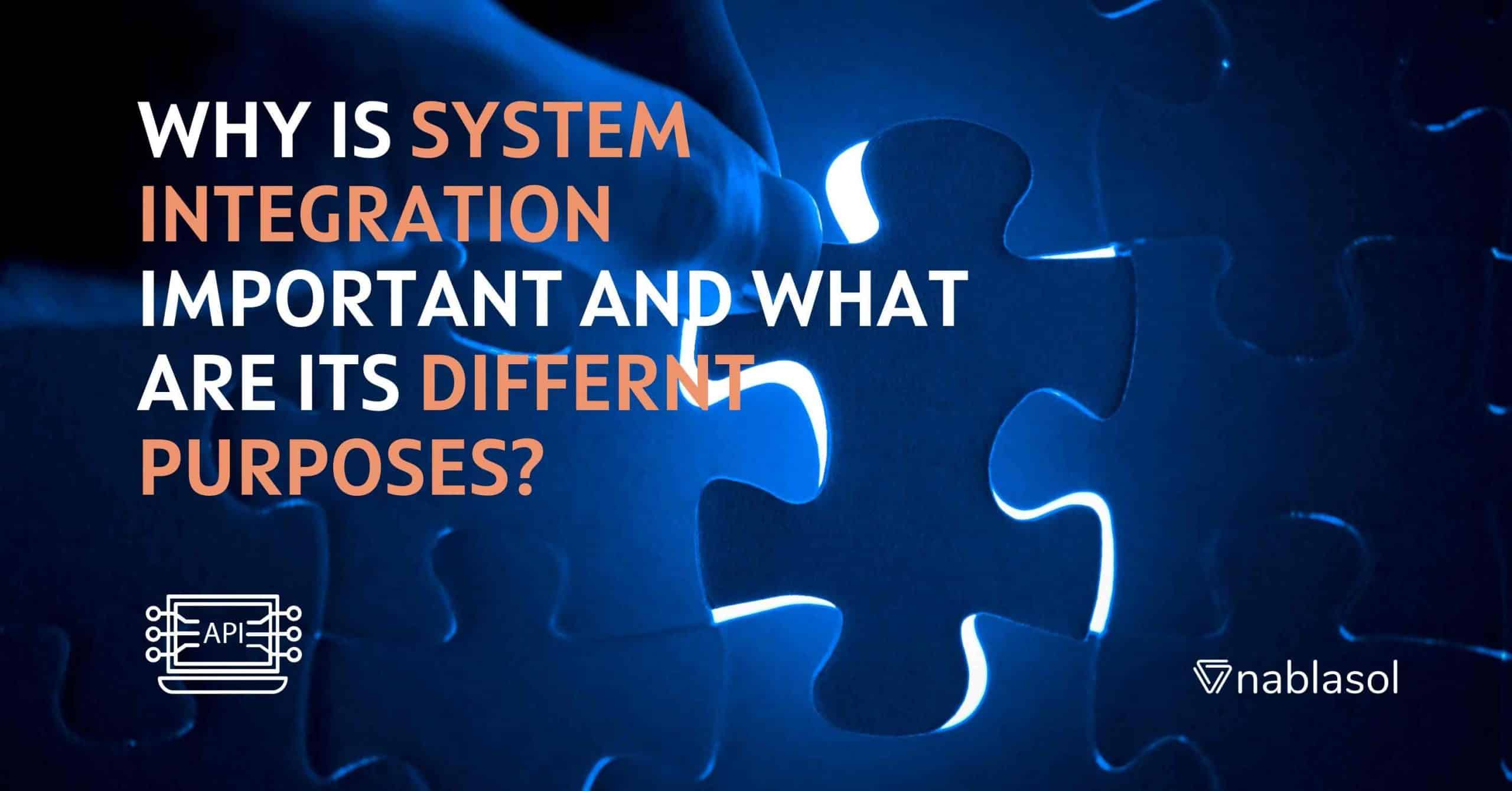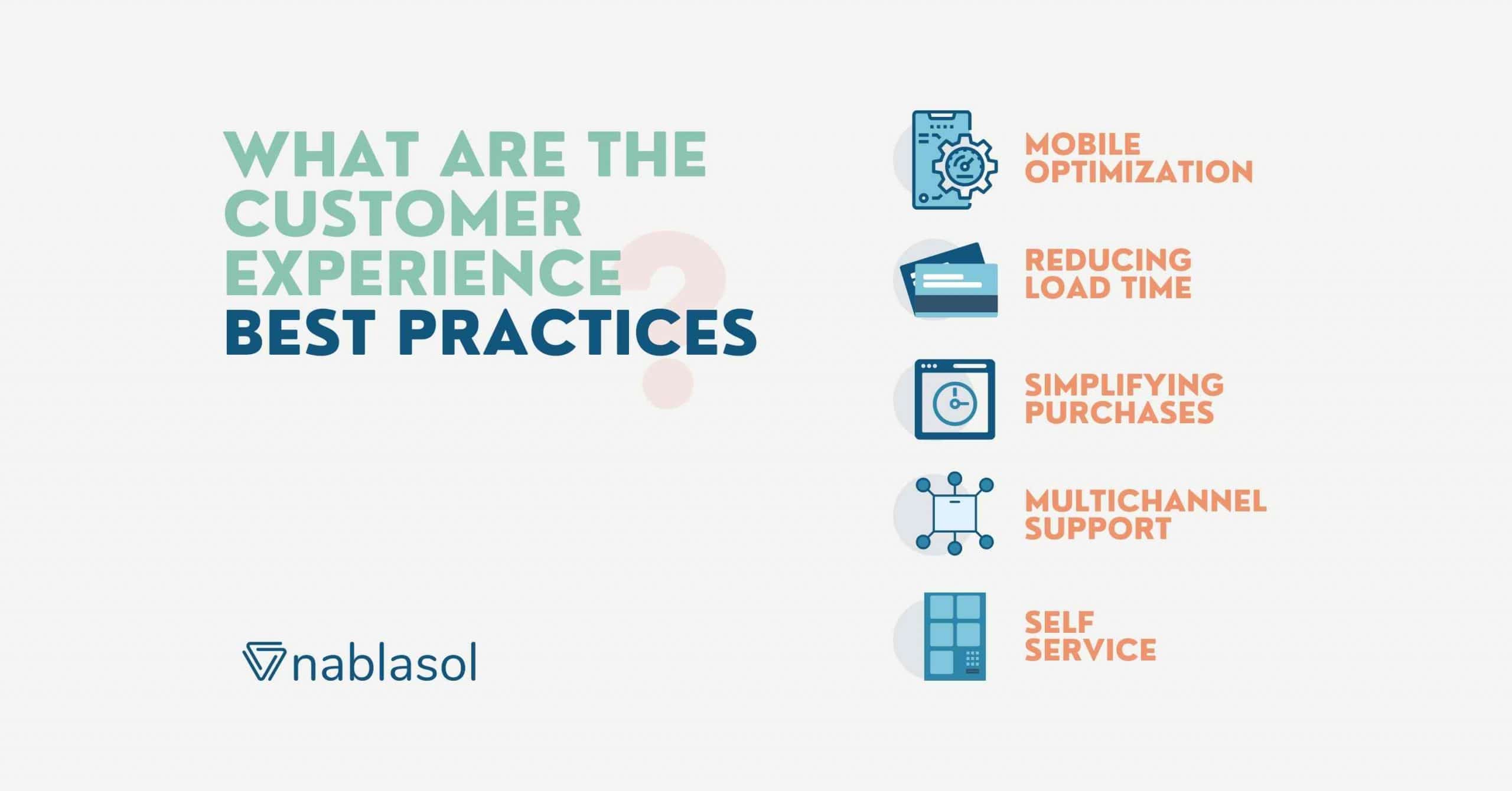A system integration connects all the enterprise applications to provide a path for the customer data to flow. It is required for both B2B communications as well as internal cooperation in an enterprise.
A growing company or an enterprise has different sub-systems across each and different departments. Only once the various systems connect the insights and can be extracted. The objective is to create a single system capable of performing all the actions within an organization.
The roadblock in most digital transformation projects is that most companies have a legacy system. Such systems run on their on-premise servers. They are extremely critical to the functioning of the organization and cannot be simply replaced with modern IT solutions. That’s where system integration comes in as a solution. But, integrating legacy systems is a little tricky as they lack the capacity for ready-made interfacing.
Who Are System Integrators?
According to a study, up to 70% of integration projects fail. But the interesting thing is that majority of problems arise not because of interfacing capabilities or technology but due to project and change management issues.
This is where a System Integrator comes in. An SI is a company that specializes in implementing, planning, coordinating, deploying, testing, iterating, and maintaining IT system integration.
Depending on the complexity of your workflow and data flow structure there can be many system integrations possible between a simple point-to-point connection to complex many-to-many connections both internally and with third parties.
System Integration For Different Purposes
Legacy System Integration
GOAL
Integrating Modern Apps Into Outdated Systems
One of the most difficult system integrations involves a legacy system that is generally outdated but handles most of the critical functions of the organization. Since it is critical to the daily functioning of the company it cannot be changed or replaced with any other technology. So, such systems are generally integrated by establishing communication channels with new-age info systems and innovative technological solutions.
EXAMPLE
Connecting A Data Warehouse To A Legacy CRM System To Perform Analytics.
Enterprise Application Integration
GOAL
Unifying All Business Applications Inside One Enterprise System
The problem with enterprise systems is the segmentation of front, mid and back offices. These are separate systems with multiple applications that share no points of convergence. Huge volumes of data are accumulated separately in these offices. The solution is to enable the flow of data and documents across these offices using one single ecosystem. The end goal is one automated business chain with real-time data exchange between applications.
EXAMPLE
Integrating ERP and CRM systems of a company.
Third-party system integration
GOAL
Expanding Functionality Of An Existing System
This is the most popular form of integration since all the B2B Software As A Service companies use this method to integrate their products with the client systems. Using APIs, it becomes easy to add new functionality without disrupting anything of the active system. It is also better to use API-based software subscriptions that are more affordable.
EXAMPLE
Integrating payment systems with existing applications
Business-to-business integration
GOAL
Efficient Collaboration Between Companies
There are times when two businesses with different systems need to connect to enable the flow of information. Here, the objective is to create a more efficient process for cooperation with suppliers, customers, and partners. It allows for joining fragmented pieces together and building a network of business systems.
EXAMPLE
Connecting a supplier’s ERP system to a retailer’s purchasing system.



